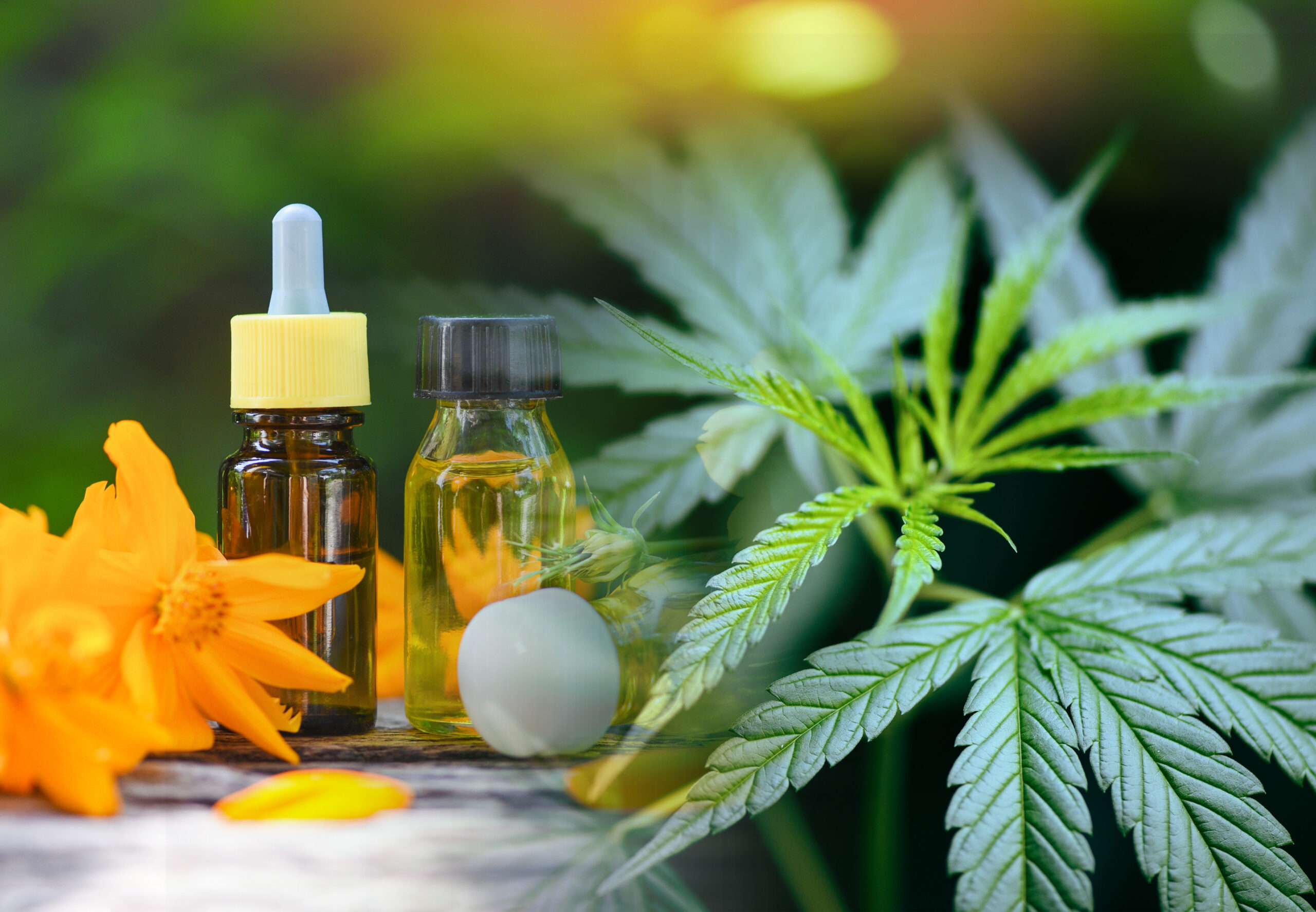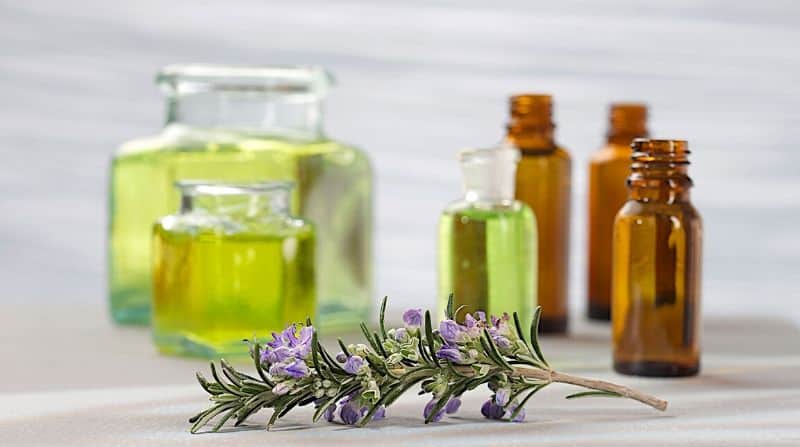
Hemp is a great source of organic material. Its life cycle sees it decaying to release large amounts in the soil. A high rate of leaf turnover reduces water loss and evaporation. It also protects soil structure by acting as a mulch. The plant also uses its stalks to decompose before being harvested.
Cannabis sativa
Cannabis sativa, or hemp, is one such plant. It can be used for both industrial and medical purposes. Hemp can be used to make paper, rope and clothing. Hemp can be used for biofuel, as well as being fast-growing. It is also the most widely-cultivated plant on the planet. Hemp is an easy-to-grow plant that is quick and cost-effective.
Cannabis sativa hemp is an important source of bioactive compounds called cannabinoids. These compounds have been proven to have anti-inflammatory properties and antioxidant qualities. They can reduce skin aging risk and prevent wrinkles from developing. They strengthen the skin's skin barrier and prevent bacteria growth.
Although cannabis is illegal in the United States, hemp remains a common agricultural crop. Hemp is one the oldest cultivated plants. It is an important contributor to fiber and seed to textiles, and other industrial products. The oil and seeds of the plant are rich in essential nutrients and omega fatty acid.

A valuable ingredient in skincare products is the seed oil from the hemp plant. It is rich and nutritious in nutrients, as well as having antioxidant properties. It is a well-known beauty and food ingredient. In recent years, its use in skincare products has increased dramatically. Oils are often used to soothe and improve the complexion.
Cannabis sativa is a plant with high genetic variability. It is interfertile. This means that cannabis varieties can be very diverse. Several varieties of cannabis are similar but differ in phenotypic and genotypic characteristics. It is essential to distinguish between the strains.
The legal limits for psychoactive THC in Cannabis sativa have made genetic studies difficult. However, recent research has improved genetic methods for cannabis sativa. Researchers have created a method that extracts embryos from the seeds. This improved DNA extraction. The method yielded DNA from individual Cannabis Sativa embryos at levels that were similar to those extracted from leaves. This DNA was then used to perform SSR molecular analysis.
The beneficial components of the Cannabis sativa cannabis plant have been used for centuries. It has been used as a fuel source, food, nutritional supplement and building material. Its fibers were used to make rope and textiles. In 1938, Popular Mechanics magazine highlighted the economic value of hemp and reported that 30,000 different products were made from hemp fiber.
While cannabis and hemp may have similar properties, they do not belong to the same species. The amount of THC in each individual plant is what makes the difference. Hemp has much lower THC than marijuana, while the cannabis plant contains more THC. These two species have very different uses, and they are often mistaken for each other. Both are used for medicine, and the other for food and fiber.
Hemp seed oil is rich in omega-3 and omega-6 fatty acids. They nourish the skin while protecting it from environmental stressors. They balance the skin’s natural moisture barrier to prevent dryness. They also reduce irritation and redness. They are suitable for all skin types. Furthermore, cannabis sativa seed oils contain gamma–linolenic (great for skin health).

Hemp, a close relative of marijuana, is also known as hemp. It is made from distinct Cannabis sativa varieties and can be used in many different products. Hemp-derived products contain very little THC and do not give the person who uses them a "high".
Industrial hemp has many uses and is one of the oldest cultivated plants. Hemp has been used for thousands of years as a medicine, food, and fiber. The cultivation of hemp began in China at 2700 BC. It spread throughout Asia. Hemp was most commonly grown as a fibrous crop until the 1900's. Hemp's use decreased due to competition from other plant-fibre sources.
There are many different amounts of phytocannabinoids within hemp seeds. There are strict guidelines in place to limit their amount in hemp seeds, and these limits are imposed to ensure the safety of consumers. The maximum amount of phytocannabinoids in hemp seeds is typically 10 mg.
FAQ
Are there any common mistakes companies make when entering the US cannabinoid marketplace?
It is easy to make a mistake by not knowing the regulations surrounding cannabis products. This could be a sign that your product formulation needs to be changed.
The second is not knowing how you should label your product. You must know whether your product contains CBD, THC, or both.
Thirdly, you should understand how to package your product correctly. If your product does contain THC, then you must ensure that it is packaged in child-resistant containers.
If your product is not containing THC, then it's important to follow all packaging regulations. There are many states that cannabidiol or CBD is legal.
Remember to keep track of any recalls for your products. If your product is defective, you should notify customers immediately.
Where can I find CBD products?
CBD can be purchased online or in local shops. Online retailers are more likely to offer you better deals. You will find that many websites sell CBD products made using industrial hemp, which contains less than 0.3% THC.
If you prefer shopping locally, consider brick-and mortar businesses that are focused on CBD products.
A lot of states have passed laws that allow consumers to purchase CBD products without the need for a prescription. If you live in one of those states, you may be able to buy CBD products at your local pharmacy.
CBD products might even be delivered directly at your doorstep.
Which states have the highest CBD consumption?
California, Colorado, Oregon, and Washington are the three top states. These states have large populations, high incomes, and low unemployment rates. They also have higher levels of hemp farming than other states.
California leads the pack because its economy heavily depends on agriculture. It produces most of the nation's vegetables and fruits. Because cannabis comes from the same plant that hemp, this makes sense.
Oregon and Colorado closely follow because both countries produce marijuana for medicinal purposes. California and Oregon, however, don't allow recreational use of marijuana.
Other states that rank high include Washington, New York. Florida, Illinois. Pennsylvania. Mississippi.
Can I use CBD during pregnancy?
There isn't enough research to know if CBD is safe to use during pregnancy.
However, the little information available suggests that CBD is unlikely to cause harm to the baby.
It's important to note that CBD should not be taken by pregnant women unless recommended by their doctor.
In fact, the Food and Drug Administration issued a warning last week about the potential dangers of CBD taking while pregnant.
FDA says there is evidence that cannabis usage during pregnancy can increase miscarriage risk.
The agency stated that further research is required before a firm conclusion could be drawn.
Statistics
- OralWhere HED is the human equivalent dose, and Km is a correction factor estimated by dividing the average body mass (BM) of the species (60, 0.020, and 0.150 kg for 11 humans, mice, and rats, respectively) and by its surface area (see: Nair et al. (ncbi.nlm.nih.gov)
- As a substance that was federally illegal before the passage of the 2018 Farm Bill, hemp-derived cannabinoids with no more than 0.3% THC still face a regulatory grey area. (forbes.com)
- however, one study also found that these effects were virtually abolished when the original media (a nutrient broth agar) was replaced with one containing 5% blood (increasing the minimum concentration to ~160 μM CBD) [179]. (ncbi.nlm.nih.gov)
- The use of these products is likely to become even more widespread if the World Health Organization's recommendation that CBD no longer is scheduled in the international drug control conventions is adopted by the United Nations member states [201]. (ncbi.nlm.nih.gov)
- A recent study [161] also found that in vitro CBD treatment (i.e., ≤ 2 h exposure to 10 μM) induced ~40% vasorelaxation in isolated (pre-constricted) (ncbi.nlm.nih.gov)
External Links
How To
How to Get Certified for Selling CBD Products
CBD (cannabidiol), a cannabinoid found in cannabis plants, is just one of the many. It has been used medicinally since ancient times, including in traditional China, India, and many South American nations. Due to its ability treat conditions like anxiety and pain, epilepsy, inflammation, and other ailments, it has become increasingly popular. If you're looking to sell CBD products, however, there isn't an official certification program. At least not in the U.S.
There are two ways you can go about it. One way to do this is to join the local association of cannabis-business owners. This will allow you to share your knowledge with others, as well as receive advice and support. There are currently dozens of associations around the country. You can also go online and start your own business. Online canna-businesses are now allowed in most states. If your state allows online canna-businesses, you can immediately set up a website and begin accepting orders. However, registration is required with your state Department of Public Health. Once you've registered, you'll be able to apply for a license through your state's department of public health. Once you receive your license, you're officially allowed to open your store and begin accepting orders.